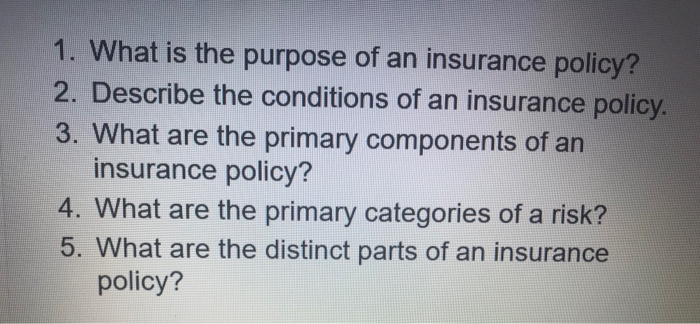Some Ideas on Pacific Prime You Need To Know
Some Ideas on Pacific Prime You Need To Know
Blog Article
What Does Pacific Prime Do?
Table of ContentsThe 3-Minute Rule for Pacific PrimeLittle Known Facts About Pacific Prime.Some Of Pacific PrimeMore About Pacific PrimeThe Single Strategy To Use For Pacific Prime

This is since the data were collected for a period of solid financial performance. Of the approximated 42 million individuals that were without insurance, almost regarding 420,000 (concerning 1 percent) were under 65 years old, the age at which most Americans become eligible for Medicare; 32 million were grownups between ages 18 and 65, about 19 percent of all grownups in this age; and 10 million were kids under 18 years of age, concerning 13.9 percent of all children (Mills, 2000).
These estimates of the variety of individuals without insurance are produced from the yearly March Supplement to the Existing Populace Survey (CPS), carried out by the Census Bureau. Unless or else noted, national quotes of individuals without wellness insurance and percentages of the populace with different kinds of coverage are based on the CPS, the most widely made use of source of price quotes of insurance policy coverage and uninsurance prices.
Excitement About Pacific Prime

Still, the CPS is particularly useful due to the fact that it generates annual estimates reasonably swiftly, reporting the previous year's insurance coverage approximates each September, and since it is the basis for a constant collection of quotes for greater than two decades, enabling for analysis of fads in protection over time. For these factors, in addition to the extensive use the CPS in other researches of insurance policy coverage that are provided in this report, we count on CPS quotes, with limitations kept in mind.

The estimate of the variety of without insurance people increases when a population's insurance policy standing is tracked for numerous years. Over a three-year period beginning early in 1993, 72 million individuals, 29 percent of the U.S. http://tupalo.com/en/users/6478264. populace, were without insurance coverage for at the very least one month. Within a single year (1994 ), 53 million individuals experienced at least a month without insurance coverage (Bennefield, 1998a)
Six out of every ten uninsured grownups are themselves employed. Functioning does boost the probability that one and one's family participants will certainly have insurance coverage, it is not a guarantee. Even participants of families with two permanent wage earners have virtually a one-in-ten possibility of being without insurance (9.1 percent uninsured rate) (Hoffman and Pohl, 2000).
Not known Factual Statements About Pacific Prime
New immigrants account for a considerable percentage of individuals without health insurance coverage. One evaluation learn this here now has attributed a considerable section of the current growth in the size of the U.S. uninsured population to immigrants that showed up in the nation in between 1994 and 1998 (Camarota and Edwards, 2000). Current immigrants (those that concerned the United States within the past four years) do have a high rate of being without insurance (46 percent), however they and their children make up simply 6 percent of those without insurance policy country wide (Holahan et al., 2001).
The relationship in between health insurance policy and accessibility to care is well developed, as recorded later in this phase. Although the connection between health and wellness insurance policy and wellness outcomes is neither straight neither basic, a considerable medical and wellness services research study literature links wellness insurance protection to enhanced accessibility to care, much better high quality, and enhanced personal and population wellness condition.
Levels of evaluation for examining the impacts of uninsurance. It concentrates specifically on those without any type of wellness insurance coverage for any kind of size of time.
Little Known Questions About Pacific Prime.
The issues faced by the underinsured are in some areas similar to those encountered by the uninsured, although they are generally much less extreme. Health and wellness insurance coverage, nonetheless, is neither needed nor enough to get accessibility to clinical services. The independent and direct impact of health and wellness insurance protection on access to wellness services is well developed.
Others will acquire the healthcare they require even without medical insurance, by spending for it out of pocket or seeking it from providers who supply care cost-free or at highly subsidized prices. For still others, health insurance policy alone does not ensure receipt of treatment due to various other nonfinancial obstacles, such as a lack of healthcare service providers in their neighborhood, minimal access to transportation, illiteracy, or etymological and social differences.
The Main Principles Of Pacific Prime
Formal research study regarding without insurance populaces in the USA dates to the late 1920s and early 1930s when the Committee on the Cost of Healthcare produced a collection of reports about financing doctor office sees and hospital stays. This concern came to be significant as the varieties of clinically indigent climbed up during the Great Anxiety.
Report this page